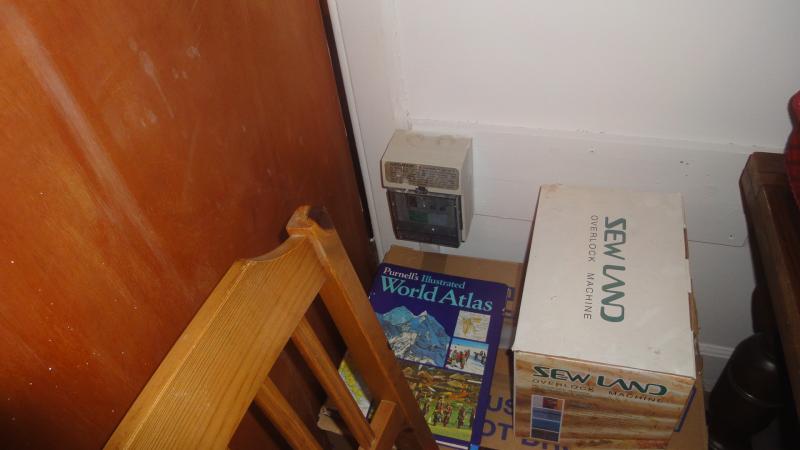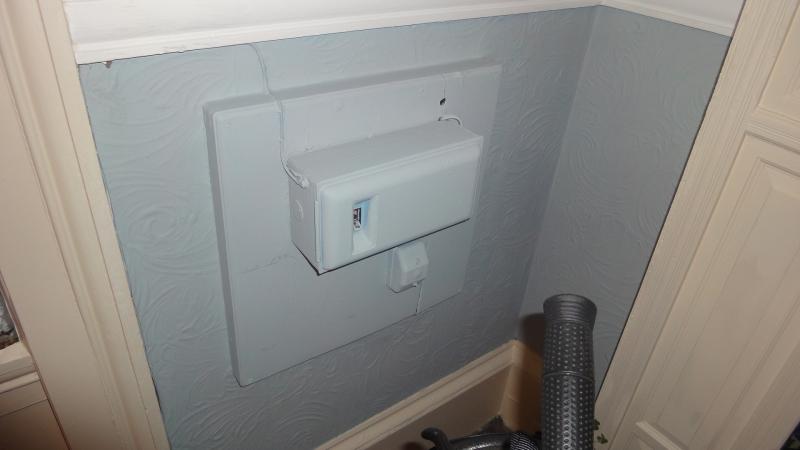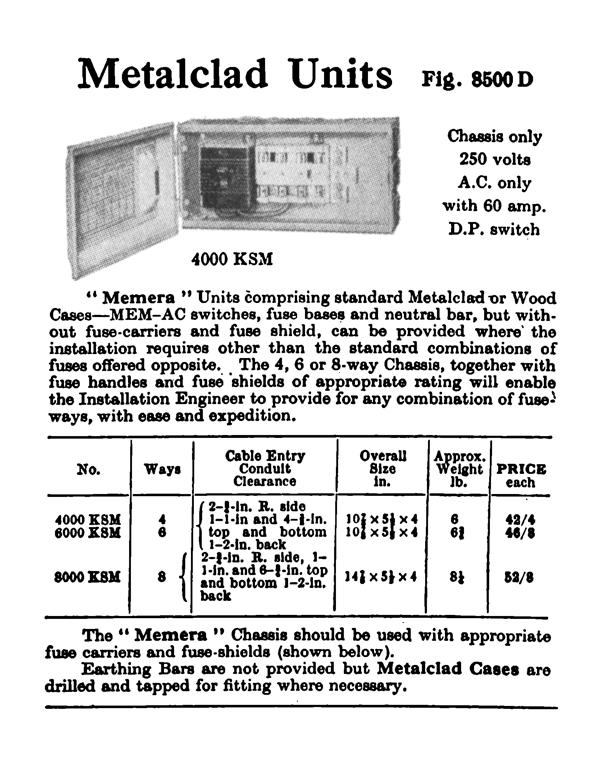Hi, looking for some general info. The house I’m thinking about buying used to be subdivided into bedsits at some point in the past so many of the rooms have separate electric consumer units one for each of the old bedsit/bedrooms – see first pic below.
In order to return the house to a single dwelling I want to remove these, there is nothing to suggest the wiring in the house is sub-standard so I just want to remove these with as little cost/disruption as possible – can anyone advise on what the options are so I know what to ask for when I speak to an electrician.
Any guidance on cost/complexity of the work would be appreciated - good to know these things before making an offer for the house and its not easy to arrange for someone to go into a house you dont own yet to give you an estimate for work.
Also, the main fuse box is an older style unit, I’d want to update this to the new style also – see second image.
Thanks in advance
In order to return the house to a single dwelling I want to remove these, there is nothing to suggest the wiring in the house is sub-standard so I just want to remove these with as little cost/disruption as possible – can anyone advise on what the options are so I know what to ask for when I speak to an electrician.
Any guidance on cost/complexity of the work would be appreciated - good to know these things before making an offer for the house and its not easy to arrange for someone to go into a house you dont own yet to give you an estimate for work.
Also, the main fuse box is an older style unit, I’d want to update this to the new style also – see second image.
Thanks in advance






